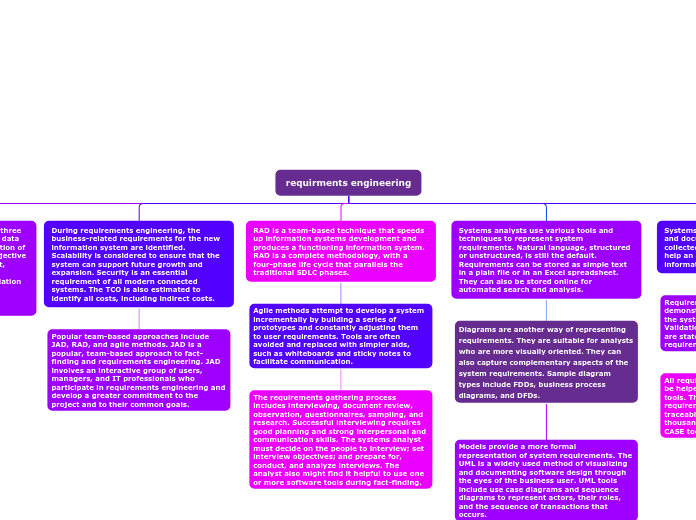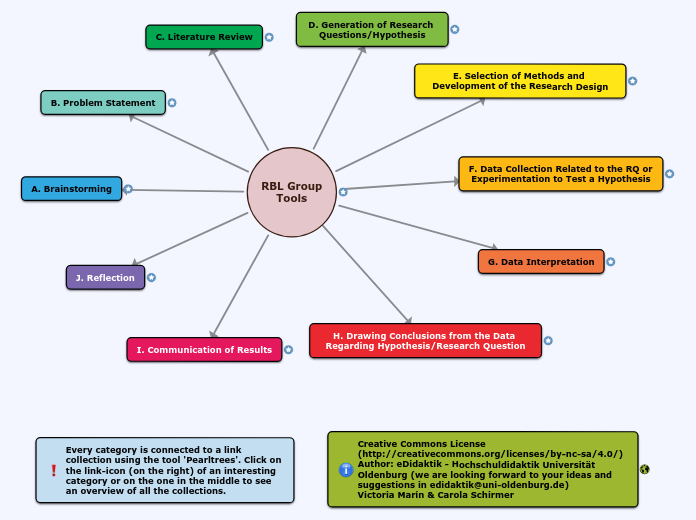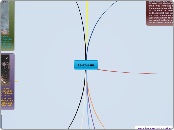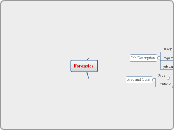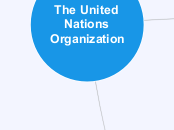da Angela Barcasnegras mancano 2 anni
175
requirments engineering
Systems analysts leverage various tools and techniques to articulate system requirements, with natural language being a common medium. These requirements can be documented in simple text files, Excel spreadsheets, or stored online for automated analysis.
